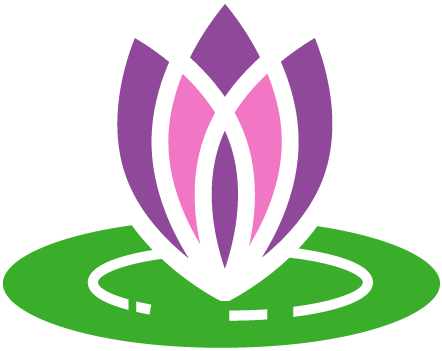
Duality: Life in the Gray
For many, living in the gray is extremely uncomfortable. We want, and even believe, we need certainty and to be exact. Hence, we develop all or nothing thinking also known as black-and-white thinking or dichotomous thinking. At some point in our lives, we all experience black-and-white thinking. We’ve also likely benefitted in some instances from this type of thinking as maybe it was used as motivation for example, “Either I get an A, or I’ve failed” or “I’m either successful or unsuccessful.” While this way of thinking may be motivating in the short-term for some, it has unhealthy immediate and lingering consequences.
Black and white thinking is irrational and paints a limited picture of a situation. It makes life and circumstances sound quite simple, as there are only two categories to operate in and these categories are on opposite ends of a spectrum. The black and white categories are opposites of each other; either good or bad, right or wrong, loved or unloved, or mean or nice for example. These opposing categories remind me of how children reason about the world and categorize life events. It is very simple. However, when a child brings this simple way of looking at life to an adult, they may be met with a response such as, “well, it’s complicated”. That complicated part, that’s the gray.
It is far time we became more comfortable and tolerant of the gray. One of the antidotes for black and white thinking is duality. Dialectical Behavior Therapy (DBT) introduces the idea of duality. DBT is a treatment modality that teaches tools and skills so an individual can become as effective as they can be in their life. Taken from its namesake, understanding and navigating dialectics are important during DBT. Dialectics are the art of holding two or more things in balance that are opposing, contrary, or in conflict, yet real and true. The goal is to synthesize or combine things that seem to be in opposition. Some examples of dialectics are wants and needs, feelings and thoughts, and recreation and responsibilities. While these dialectics are on opposite ends of a spectrum, we aim to fuse them so that we exist in the middle of the spectrum, which some would call the gray area.
Stated simply, dialectics and duality hold the belief that two or more things can be true at the same time. For instance, someone can fail a test and not be a failure or someone can suffer a breakup and be loved. Another truthful dialectic is “I am coping with life as best I can, and I can do better”. Both hold true and remove the idea that either we are coping or we are not, or we are doing our best or we suck. This dialectic synthesizes or merges two conflicting ideas.
There is a magic three letter word when using dialectics and duality. This three-letter word conjoins our truths. It is and. The word and combines or fuses statements and provides the opportunity for the mismatched statements to exist in the same space. The use of and can replace but. But is negating and dismisses everything that comes before it, therefore, only creating space for one truth. For example, “I love my job, but it is too stressful” leaves us with a resounding “my job is too stressful” as everything before but was dismissed. Instead, if we said, “I love my job and it is very stressful,” we have given space for both and are better able to accept what is.
Black and white thinking is not beneficial to our emotional health. It creates high stakes for our daily living which can feel stressful and impossible to satisfy. As a result, we constantly judge or categorize our life events as good/bad, right/wrong, etc. and our moods shift rapidly and in coordination with our categorization. All or nothing thinking also creates an anxious lifestyle perpetuated by unrealistic expectations for oneself. Acknowledging the dialectic or duality in each situation allows the opportunity to show ourselves grace, acknowledge many things to be true, create room for objectivity, and enter into acceptance of what is. For example, “I made horrible decisions last night and I am working to improve my decision making and am still a very worthy person.” All of this can be true and there is room for it all to exist together. There is no need to infer or reach a black or white conclusion as to whether we are overall responsible or reckless. Everything in that example is true and can coexist without negating each other.
Using dialectics and duality is a very intentional practice. The benefits are worth the effort and allow us to exist intentionally in the gray. We can acknowledge truths and see many perspectives. We increase our use of objectivity and show ourselves grace during the process. All or nothing thinking reduces us to one-dimension beings. We are complex with many truths and that is what makes the human experience a beautiful journey.
The content on this website is not intended to diagnose or treat, it is for informational purposes only. Please call our office at 404-618-1040 for an appointment or contact a mental health professional in your local area if you are seeking treatment.
